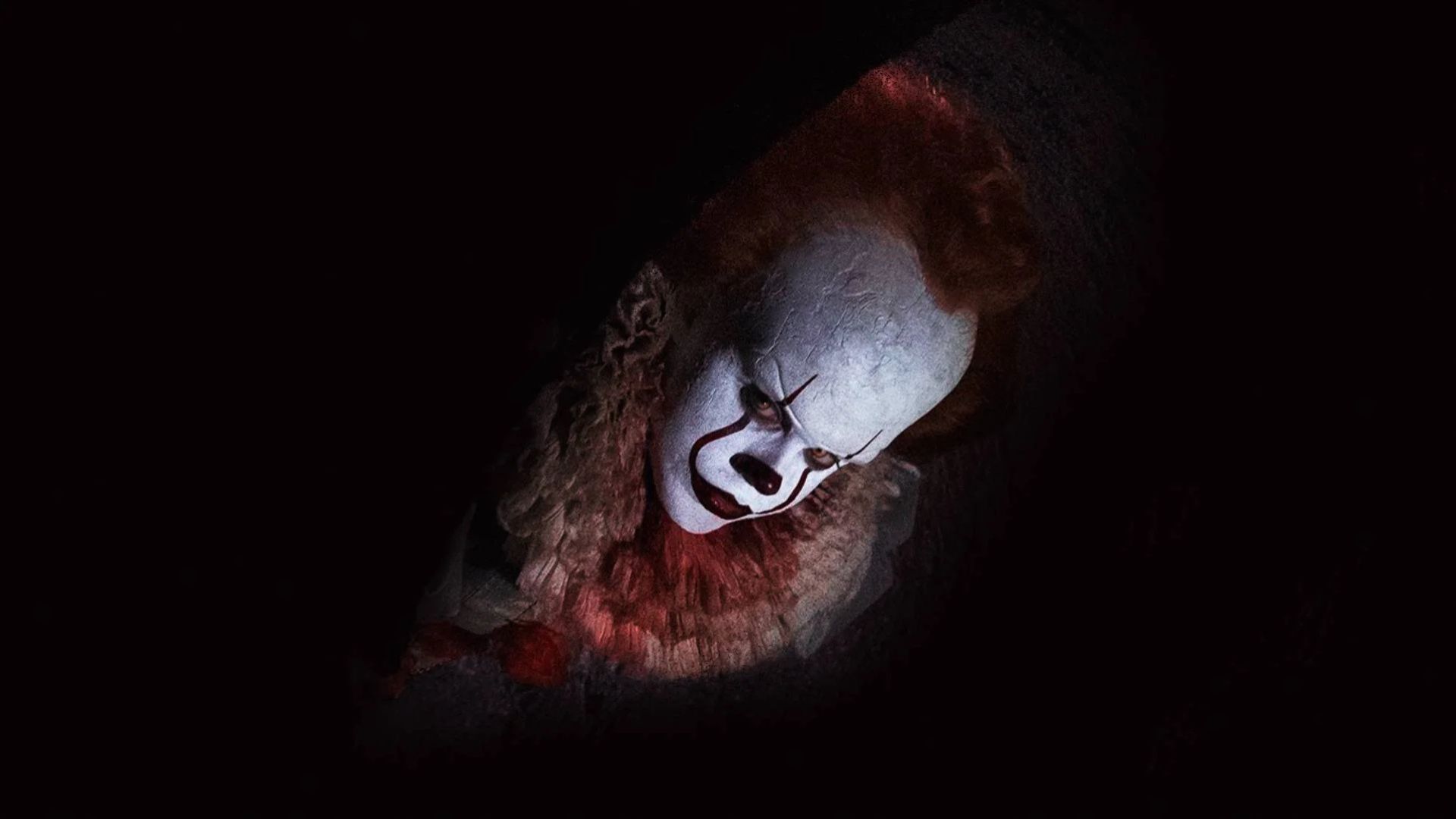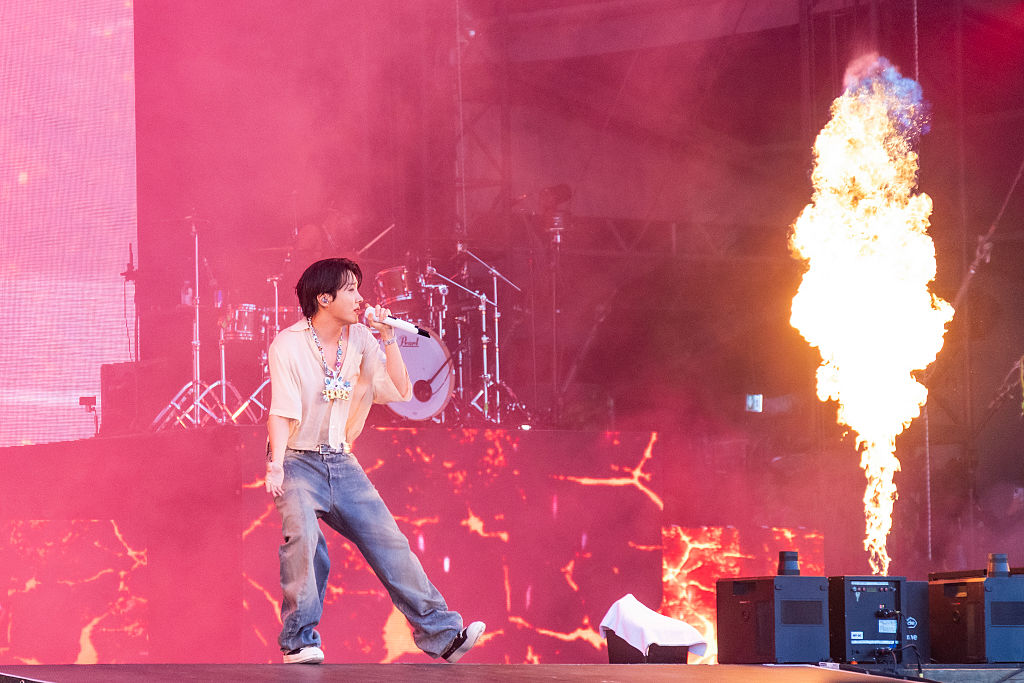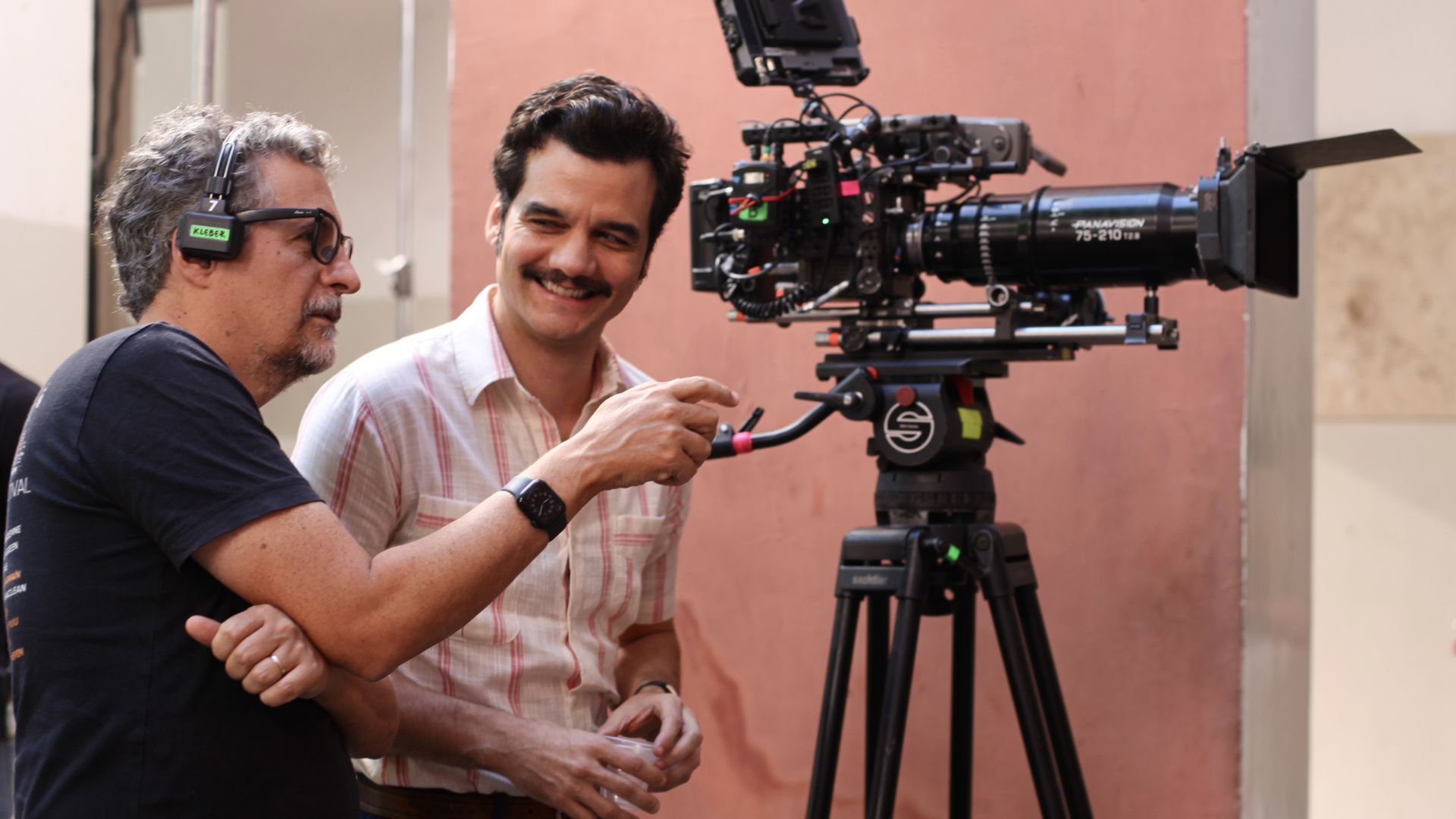The great master of tango composed precious classical pieces collected on disc by Natalia González Figueroa
SPECIAL FOR THE STATE – When yours Sinfonietta for chamber orchestra Opus 19 was chosen by Argentine critics as the best scholarly work of 1952, Astor Piazzolla, then 32, felt his future was ready: he would be a classical composer. He wins a scholarship to study in Paris with Nadia Boulanger, the favorite teacher of great musicians from all over the world, from Aaron Copland to Leonard Bernstein, among the North Americans, Almeida Prado and Egberto Gismonti among the Brazilians. At that time, he had already amassed a substantial classical or scholarly production. The “erudite” side of him, however, would be buried by his revolutionary upbringing in the world of tango. His “tango nuevo” made him a musician of universal prestige.
centenary
Among the many celebrations of his centenary of birth, last year, one stood out, for having shed light on this forgotten classic production: Piazzolla: Unknown works for solo piano (Virtuoso Records). There are at least three ambitious creations in it: Opus Piano Suite 2; Sonata Opus 7; and the second suite, cataloged as n.º 2. Complete the album four preludes And Campeana afternoon, available on streaming platforms. The feat of pianist Natalia González Figueroa has just been awarded with the achievement of the Gardel 2022 Award as the best classical music album of the year in Argentina. “All the pieces have been changed,” says Natalia a Estadio. It is forgotten enough to stand out as a novelty by constructing an entire recital with just the “erudite” pieces.
The Três Prelúdios have already been recorded a few times, but the other works have remained practically unreleased until now. Putting them together gives a measure of the quality of Piazzolla’s classic piano creation.
They are works from his youth, most of which were composed in the 1940s and 1950s, with the exception of Prelúdio 1953 and Três Prelúdios, which Piazzolla made at the end of his life in 1989. “It was a pleasant surprise to discover how coherent works for I am a piano student, Piazzolla studied composition with Alberto Ginastera in Buenos Aires, and piano with Raul Spivak “, recalls Natalia.
He notes the influences that guided them, already denouncing an eclecticism that marked his creative life, from Bach and Stravinsky to Bartók, Debussy, jazz and tango. But she points out that “there is always a distinctive personal touch that sets her music apart”. And she decrees with conviction: “It is not a matter of study pieces, but of an expert and trained composer, with a high level of complexity and creativity”.
DNA
Indeed, a closer listening already indicates a personal DNA of the composer. With the right to high-quality art movements and technical challenges to the performer, such as the second movement of the Sonata, a coral with variations. Or the final roundabout, which, according to Natalia, “embeds a hidden milonga in the second theme”.
He began, modestly, an itinerary of fusion of the quality of invention with a popular genre par excellence such as tango. A path that, at the end of his life, Piazzolla summarizes in the three preludes of 1989, short but luminous synthesis of his unmistakable art.
+The best content in your email for free. Choose your favorite Earth Newsletter. Click here!
Source: Terra
Emily Jhon is a product and service reviewer at Gossipify, known for her honest evaluations and thorough analysis. With a background in marketing and consumer research, she offers valuable insights to readers. She has been writing for Gossipify for several years and has a degree in Marketing and Consumer Research from the University of Oxford.






![A Better Life Preview: What’s in store for Tuesday, October 21, 2025 Episode 446 [SPOILERS] A Better Life Preview: What’s in store for Tuesday, October 21, 2025 Episode 446 [SPOILERS]](https://fr.web.img6.acsta.net/img/fe/c7/fec79870332faf9ba9cf244248ec57c8.jpg)


